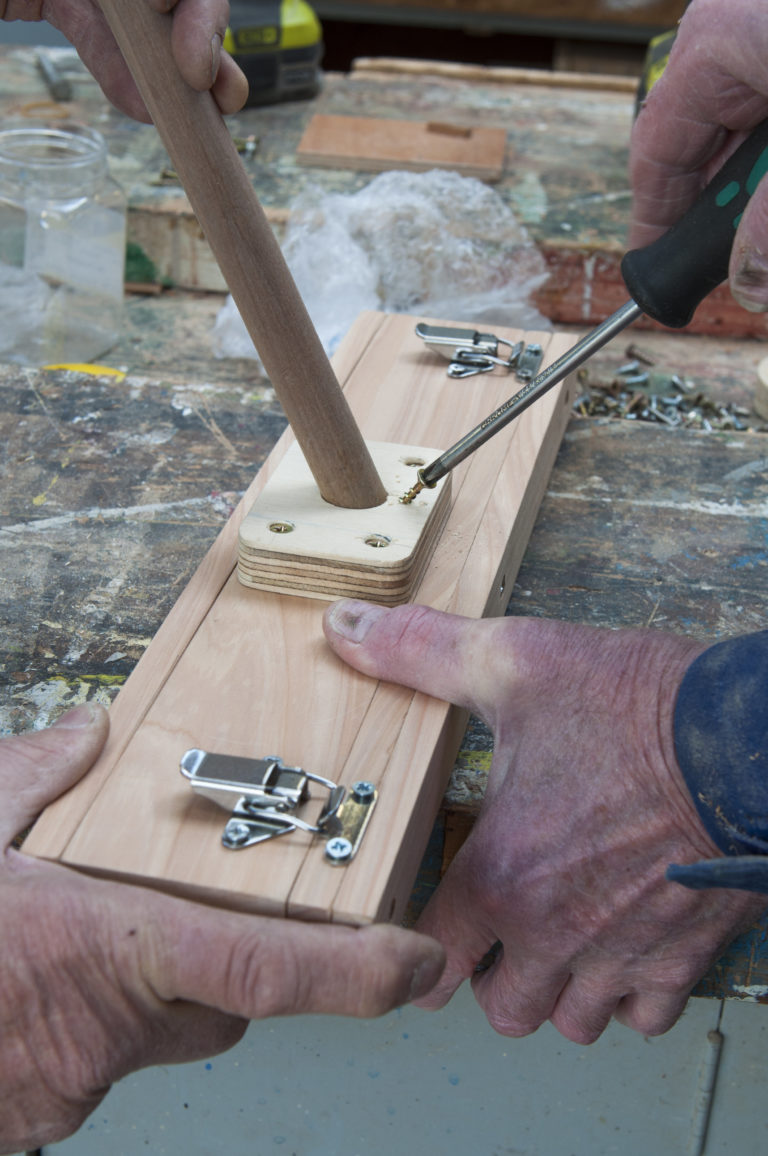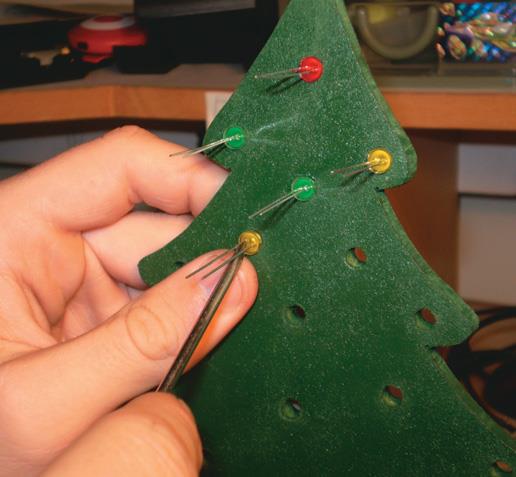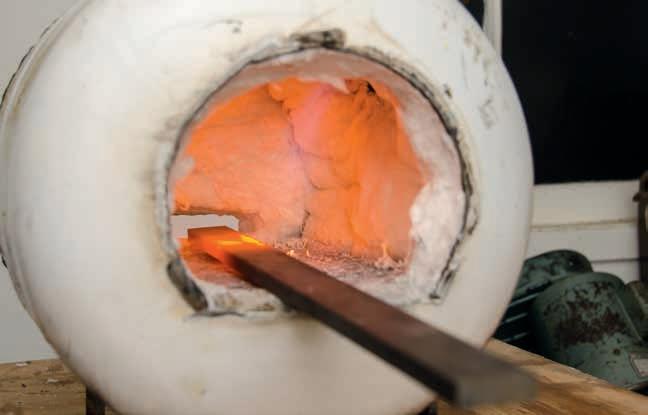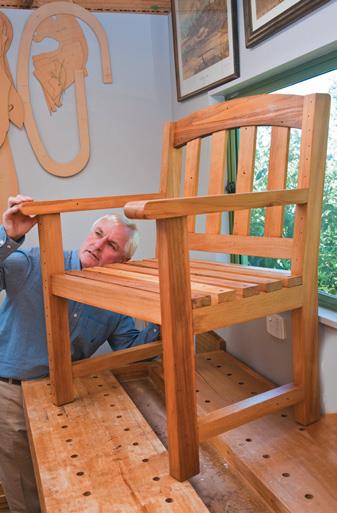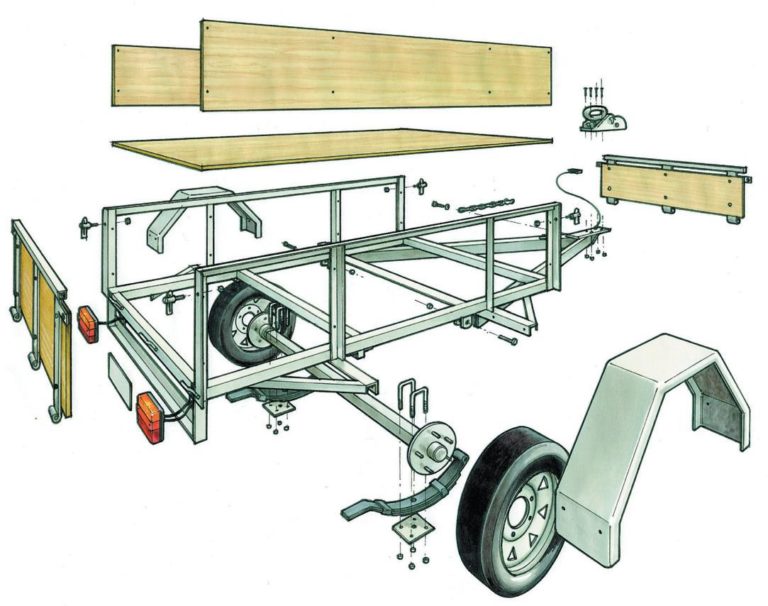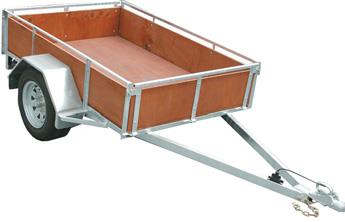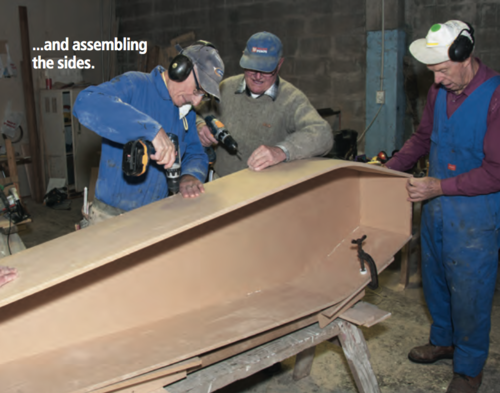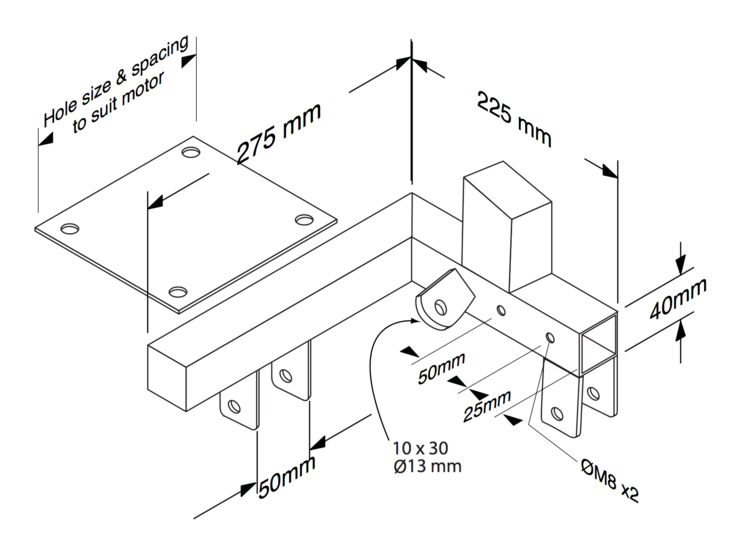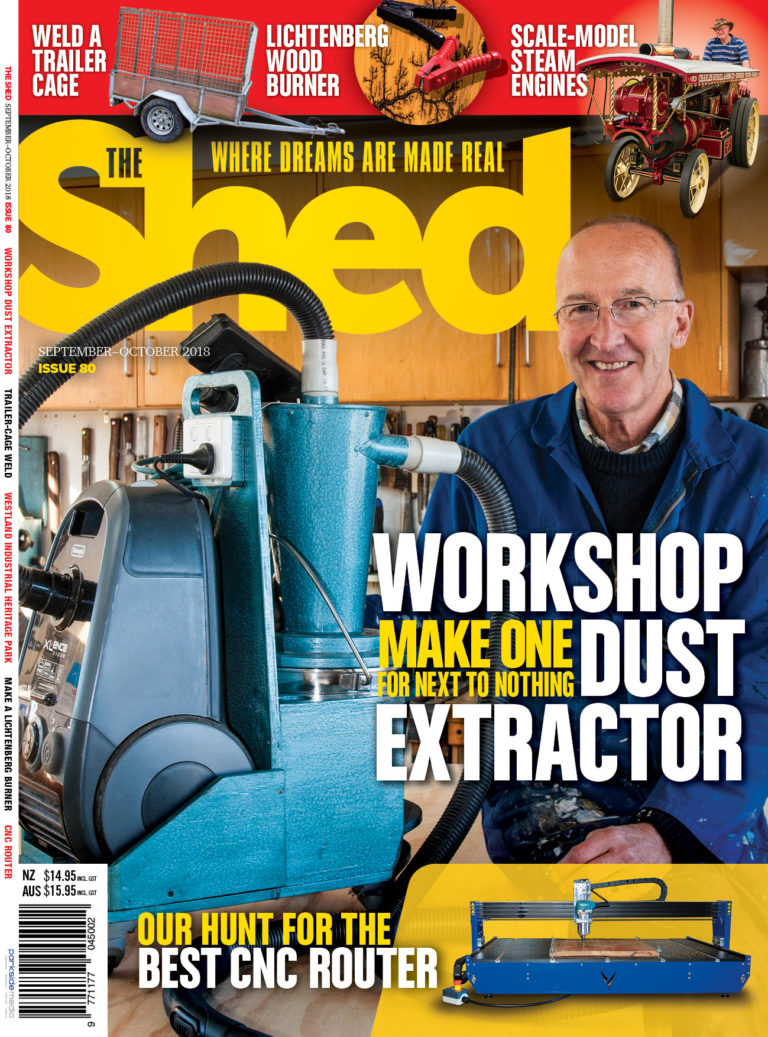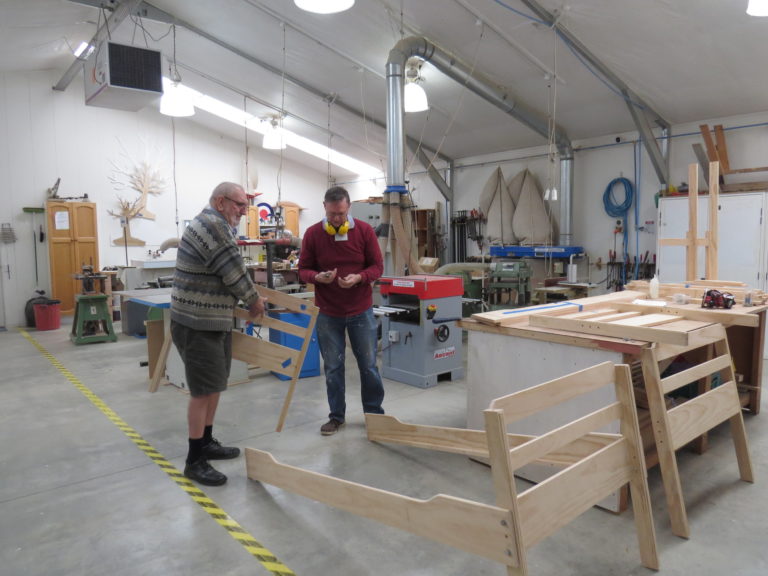
Get to know the North Shore mens’ shed plus, how the New Zealand mens’ shed movement began
What could be better than spending time in a shed? How about a bigger shed, the right tool for the job on hand, and ready access to timely tips and tricks that might save a wince-inducing blunder?
If that sounds like a good deal, you could hardly do better than to take yourself off to your local Men’s Shed and get that project under way there.

